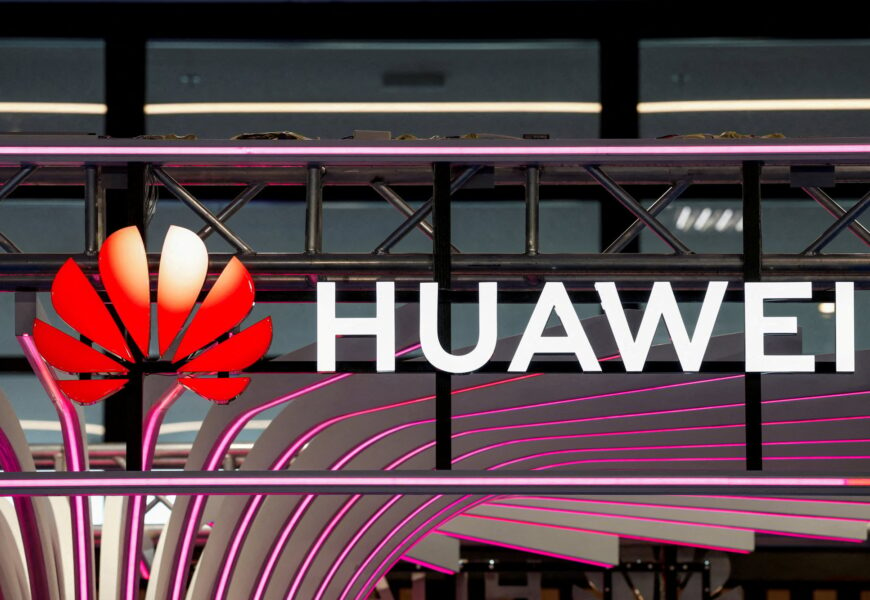Since its debut in August last year, Pangu has transformed the landscape of weather forecasting by providing swifter and more precise predictions compared to conventional meteorological approaches.
The introduction of Pangu-Weather occurred in July 2023 with the publication of an AI model paper in the prestigious journal, Nature. Shortly after, it was officially launched on the European Centre for Medium-Range Weather Forecasts (ECMWF) website.
A significant breakthrough was achieved when the AI model successfully generated a seven-day weather forecast in just 10 seconds – a remarkable feat that outpaced traditional methods by over 10,000 times.
By February 29, a mere few months post-launch, Pangu-Weather secured the top spot among China’s top 10 scientific advancements in 2023, as recognized by the National Natural Science Foundation of China (NSFC).
Huawei Technologies, the Chinese tech giant, stands at the forefront of the meteorological revolution with its rapid and precise weather forecasting AI models. The company has been instrumental in advancing the field of weather prediction. Photo: Reuters
According to reports from Science and Technology Daily, Pangu’s recognition by the NSFC was based on two key achievements: firstly, enhancing the ECMWF weather forecasting system by approximately 0.6 days, enabling earlier and more accurate predictions of extreme weather events. Secondly, the AI model’s ability to deliver 7-day forecasts in just 10 seconds, a speed that surpasses numerical methods by a factor of 10,000.
As per a late February report from Huawei, Pangu exhibited superior accuracy in forecasting essential weather parameters like temperature, pressure, humidity, and wind speed when compared to numerical simulations. Notably, its error margin in predicting tropical cyclone paths was 25% lower than that of the ECMWF.
The rapid evolution of global weather forecasting owes much to the groundbreaking capabilities of AI models like Pangu. By leveraging AI for weather prediction, scientists can circumvent the complexities inherent in traditional forecasting methods, eliminating the need for in-depth mathematical and physics knowledge. This shift has opened up new avenues for predicting weather patterns with unprecedented efficiency.
Building upon the success of Pangu, researchers have developed a new regional model named Zhiji in collaboration with the Shenzhen Meteorological Bureau. Zhiji, trained on high-resolution data from southern China, boasts the capability to provide a precise five-day forecast with a resolution of 3km for Shenzhen and its environs. While the Central Meteorological Bureau offers hourly forecasts with street-level accuracy for the next 24 hours, Zhiji represents a significant advancement in regional forecasting.
Zhiji’s operational debut in February has already yielded valuable insights for the Shenzhen Meteorological Bureau on multiple occasions, as reported by Huawei in late March.
Huawei’s strategic integration of 5G and AI technologies is reshaping China’s coal mining industry, marking a significant transformation driven by cutting-edge innovations.
As the Chinese tech giant continues to push the boundaries of technological advancement, the fusion of AI and 5G is poised to revolutionize various sectors, including coal mining, through enhanced efficiency and productivity.










